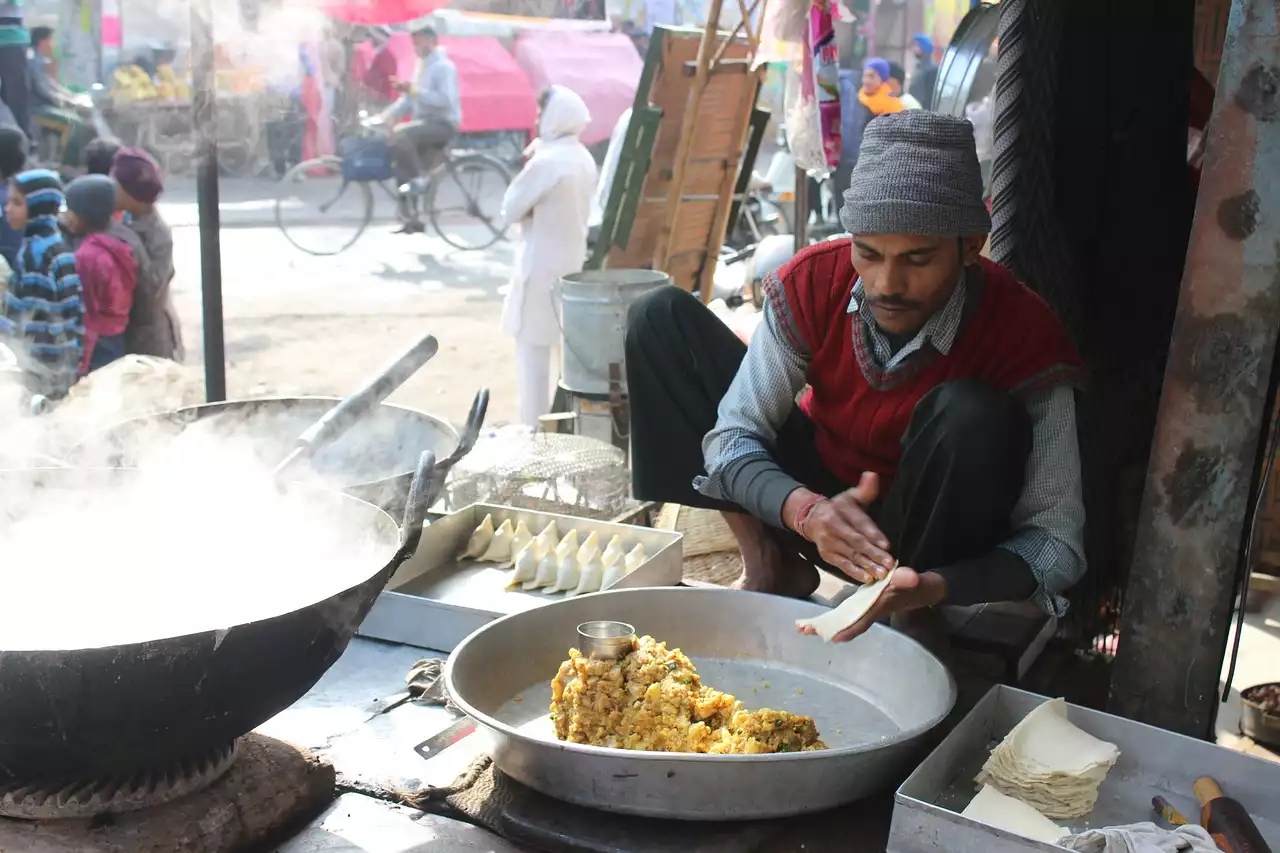Indian cuisine is known for its complex flavors and colorful spices, and its desserts are no exception. From creamy rice puddings to syrup-soaked pastries, Indian sweets are beloved for their unique taste and texture. In this article, we'll take you on a sweet journey through India's culinary heritage, exploring the history, regional variations, and health benefits of some of the most popular Indian desserts.
North Indian Desserts
North Indian desserts are known for their rich, creamy textures and generous use of dairy products. Some of the most popular sweets from this region include Gulab Jamun, Rasgulla, and Gajar Ka Halwa. Gulab Jamun is a deep-fried pastry ball soaked in a sweet syrup, while Rasgulla is a spongy ball made from chhena, a type of fresh cheese, and soaked in a sugar syrup. Gajar Ka Halwa is a carrot-based pudding that's spiced with cardamom and topped with nuts. These desserts have a long and rich history in North India and are an essential part of the region's culinary heritage.
East Indian Desserts
East Indian desserts are known for their delicate textures and subtle flavors. Popular sweets from this region include Sandesh, Ras Malai, and Mishti Doi. Sandesh is a type of fudge made from cottage cheese and sugar, while Ras Malai is a creamy dessert made from flattened chhena patties soaked in sweetened milk. Mishti Doi is a traditional Bengali dessert that's similar to yogurt, but with a sweeter, creamier taste. These desserts have been enjoyed in East India for centuries and are an important part of the region's cultural identity.
West Indian Desserts
West Indian desserts are known for their bold, spicy flavors and use of tropical fruits and nuts. Some of the most popular sweets from this region include Shrikhand, Puran Poli, and Basundi. Shrikhand is a creamy dessert made from strained yogurt that's flavored with saffron and cardamom. Puran Poli is a stuffed flatbread that's filled with a sweet mixture of lentils and jaggery, a type of unrefined sugar. Basundi is a thick, creamy pudding made from milk, sugar, and nuts. These desserts are an important part of the region's culinary heritage and are enjoyed at festivals and special occasions.
South Indian Desserts
South Indian desserts are known for their use of coconut, rice, and jaggery. Some of the most popular sweets from this region include Payasam, Mysore Pak, and Rava Ladoo. Payasam is a type of pudding made from rice, milk, and jaggery, while Mysore Pak is a crumbly fudge made from chickpea flour, ghee, and sugar. Rava Ladoo is a sweet ball made from semolina, ghee, and sugar. These desserts are an important part of the region's culinary heritage and are enjoyed at weddings, festivals, and other special occasions.
Modern and Fusion Indian Desserts
In recent years, Indian desserts have undergone a modern and fusion makeover, with chefs and home cooks experimenting with new ingredients and techniques. Popular modern and fusion Indian desserts include Kulfi Falooda, Chai Masala Cake, and Chocolate Barfi. Kulfi Falooda is a cold dessert made from kulfi, a type of ice cream, and falooda, a type of vermicelli noodle. Chai Masala Cake is a spiced cake flavored with Indian tea and spices, while Chocolate Barfi is a twist on the traditional milk-based fudge made with cocoa powder. These modern and fusion Indian desserts are becoming increasingly popular in India and around the world, showcasing the country's culinary creativity and innovation.
Health Benefits of Indian Desserts
Despite their reputation for being indulgent, Indian desserts can also have health benefits. Many Indian sweets contain ingredients that have been used for centuries in Ayurvedic medicine, such as almonds, saffron, and cardamom. Almonds are rich in vitamin E and healthy fats, while saffron is known for its anti-inflammatory properties. Cardamom is a digestive aid and is often used in Indian sweets to balance out the richness of dairy and sugar. Traditional Ayurvedic desserts also focus on balancing the six tastes - sweet, sour, salty, bitter, pungent, and astringent - to create a harmonious and healthy dessert. However, it's important to remember that Indian desserts are still treats and should be enjoyed in moderation.
In conclusion, Indian desserts are a vibrant and integral part of the country's culinary heritage. From the rich and creamy desserts of North India to the delicate and subtle sweets of East India, each region offers a unique and diverse range of sweets. Modern and fusion Indian desserts are also adding new dimensions to the country's dessert culture, while the health benefits of traditional ingredients are making Indian sweets more than just a guilty pleasure. Whether you're an Indian food lover or just looking to explore something new, there's a whole world of delicious desserts waiting to be discovered in India.










